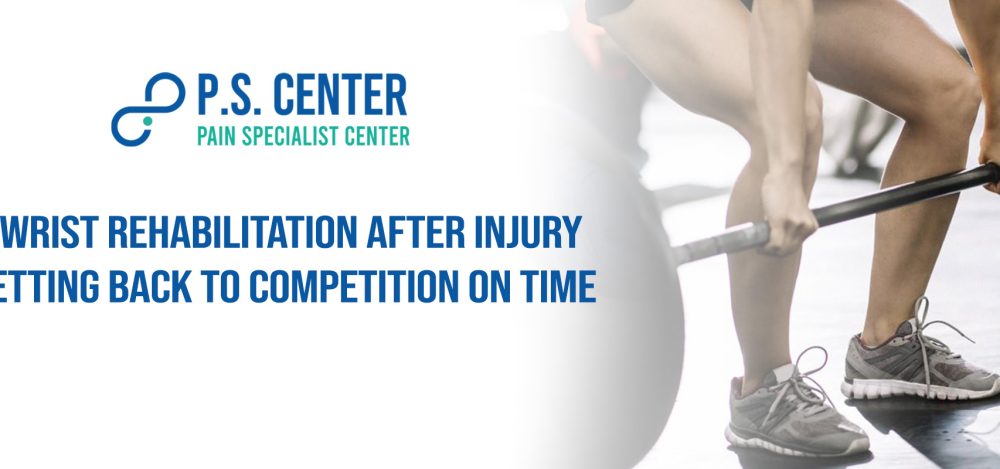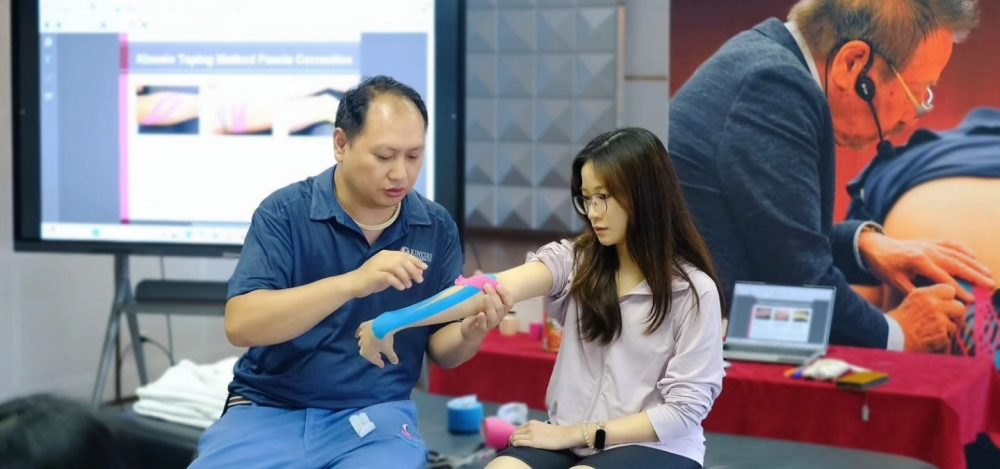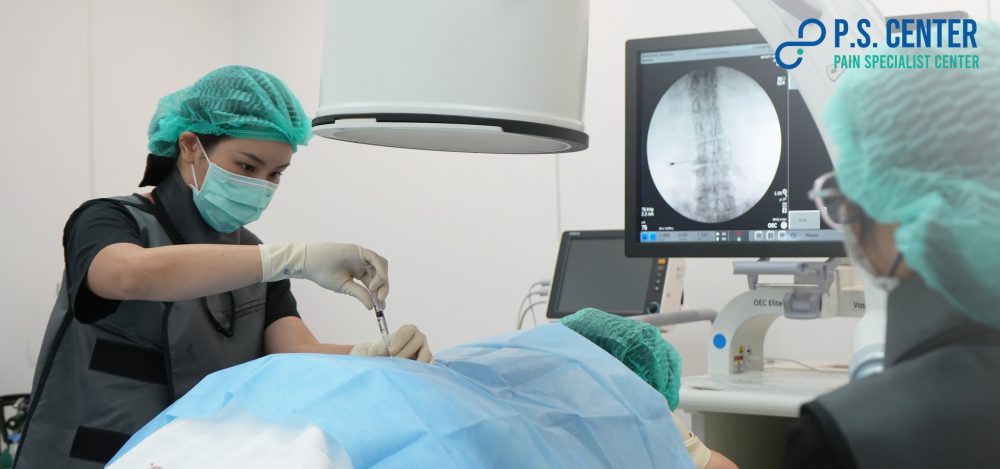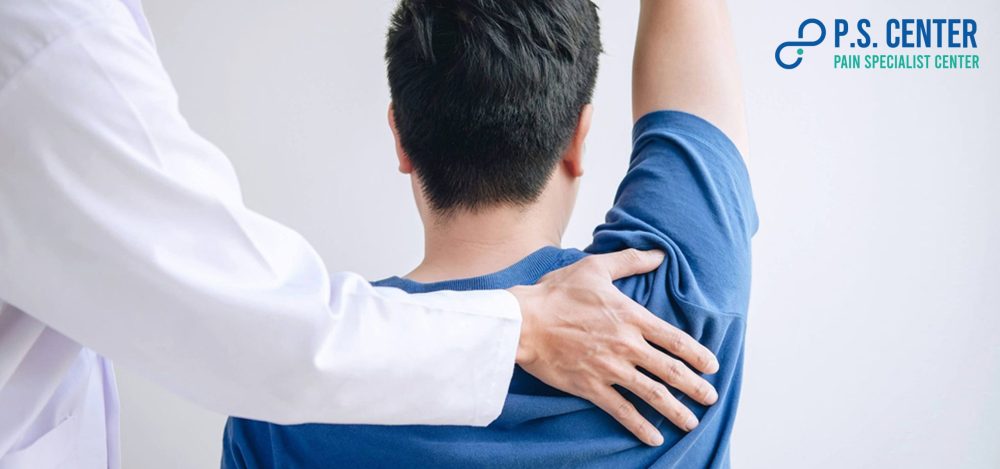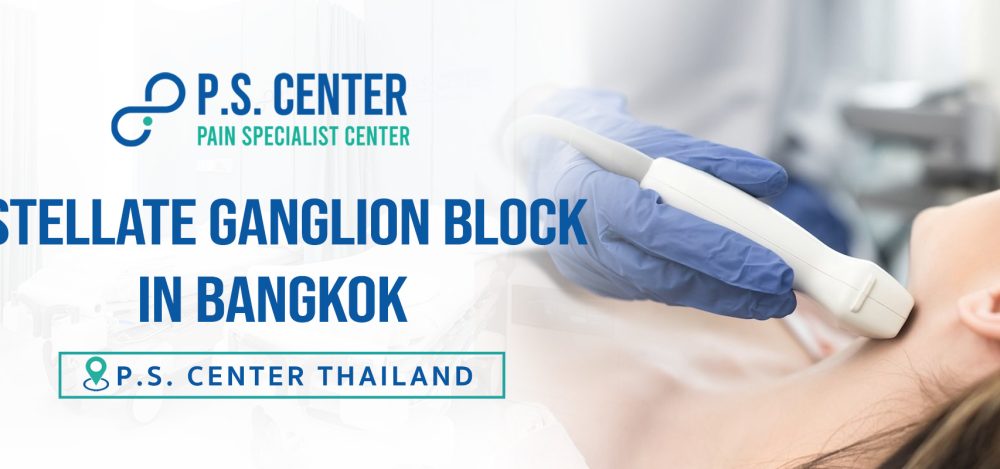What is Manual Therapy?
Many people might think that “hands-on treatment” is just a massage for relaxation.
In reality, Manual Therapy — performed by a skilled physical therapist — has a completely different purpose and value.
* General massage → focuses on relaxation and relieving fatigue.
* Manual Therapy → focuses on unlocking movement, restoring function, and addressing the root cause of pain or dysfunction.
This is why the benefits of Manual Therapy go beyond temporary comfort — It’s about long-term recovery and improved overall health.
The Unique Value of Manual Therapy
Manual Therapy is more than just “pressing, stretching, or moving” —
It is both a science and an art, combining:
- anatomical knowledge and scientific understanding
- the specialized skills of a physical therapist
- practical experience in patient care
What sets it apart is that therapists use their hands to read the body, sensing tension, flexibility, and subtle responses.
The treatment is then adapted to each individual, rather than following a one-size-fits-all approach.
A variety of techniques may be used, including:
- Joint Mobilization – gently moving joints to increase range of motion.
- Soft Tissue Mobilization – releasing tight muscles and fascia
- Myofascial Release – addressing fascial restrictions that limit movement
- Muscle Energy Technique (MET) – using muscle contraction against resistance
- Manipulation (in selected cases) – quickly restoring joint alignment.
Every touch is more than just a technique — it’s a gentle conversation between the therapist’s hands and your body.
Experience is the Signature of Manual Therapy
Even though physical therapists learn the same theories, the results of Manual Therapy are never identical.
The outcome depends on:
- Experience: The more diverse cases a therapist encounters, the deeper their understanding of the human body.
- Practice: Hands that have been trained extensively can detect subtle abnormalities.
- Observation: Body responses, such as breathing and facial expressions, reveal how the patient is reacting.
- Personal Style: Like an artist’s unique brushstroke, each therapist has a touch that is entirely their own.
Results of Manual Therapy:
- Previously stiff joints regain mobility.
- Tight muscles return to balanced function.
- Fascial restrictions that limit movement are released.
- The nervous system and blood circulation improve.
Who can benefit from Manual Therapy?
- Individuals with neck, shoulder, or upper back pain from office syndrome
- People experiencing back pain radiating to the legs (e.g., from a herniated disc)
- Those with stiff or restricted joints from overuse or injury
- Athletes recovering from injuries
- Older adults seeking greater mobility without surgery
Benefits of Manual Therapy:
- Targeted restoration of structural imbalance
- Reduced long-term reliance on pain medication
- Improved blood flow and nervous system function
- Lower risk of recurrent injuries by restoring body balance
- Complements physical therapy and exercise programs
In summary:
Manual Therapy is both a science and an art in the hands of a physical therapist.
Every touch is not just a massage — it’s a gentle conversation between the therapist’s hands and your body, unlocking movement, relieving pain, and restoring quality of life.
If you’re looking for a treatment that goes beyond ordinary massage and addresses the root cause of your discomfort,
Manual Therapy may be the answer that helps you return to living life fully again.


